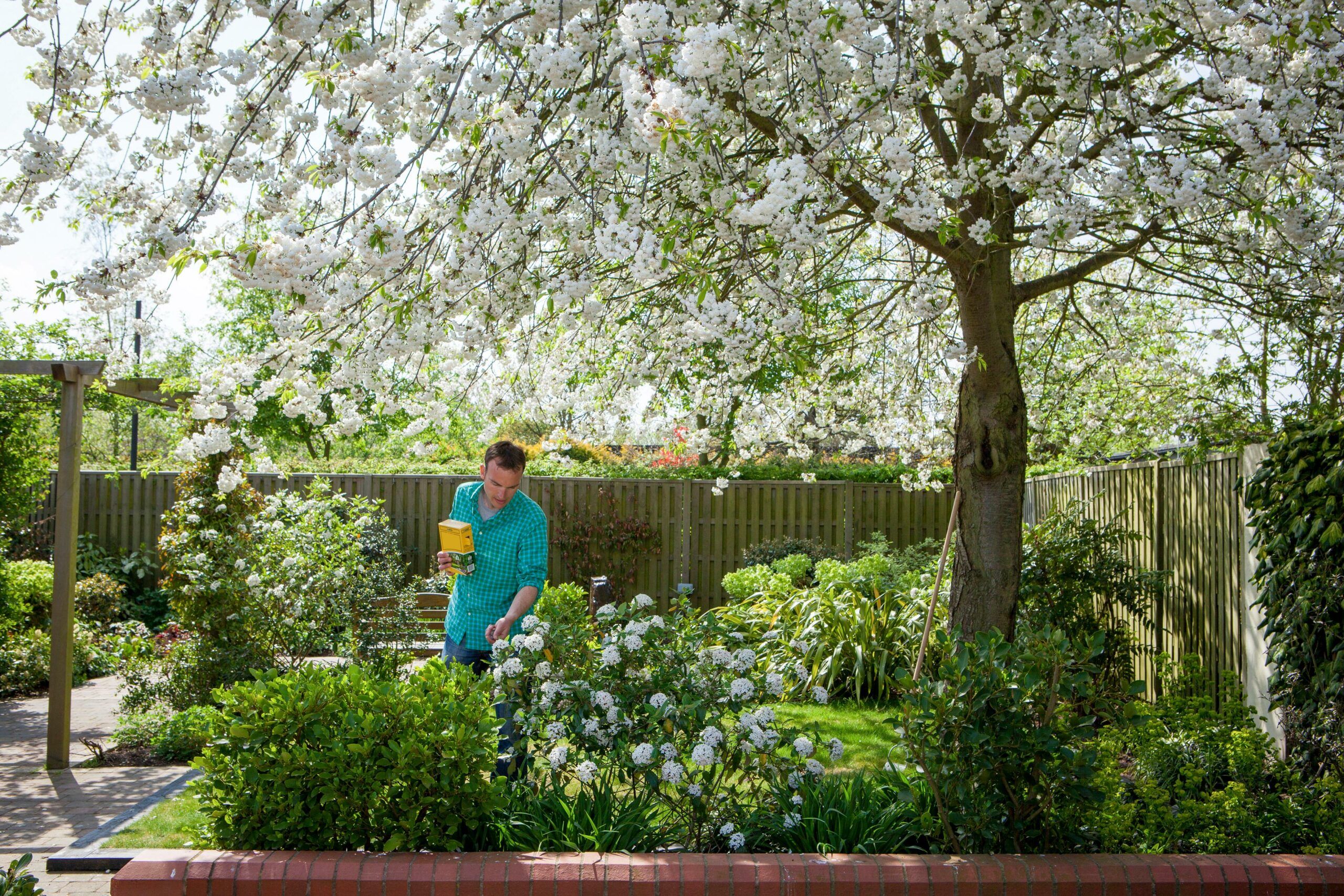What is Sulfur, and Why is it Important for Plant Growth?
Sulfur is a naturally occurring element commonly found near volcanos and hot springs, and also in decaying organic matter such as compost and manure. Sulfur is an essential mineral for all living things; plants need it to make enzymes, proteins, and amino acids—fundamental building blocks for their healthy development and growth.
Sulfur and Soil pH
Sulfur can raise soil’s acidity—a benefit to gardeners, especially if the soil is too alkaline. The acidity and alkalinity of soil is determined by its pH level, measured on a scale of 0 to 14, with 7 being the neutral point.
Anything below 7 is considered acidic, and anything above 7 is alkaline. Most plants thrive in neutral pH levels of 6.5 to 7.5, but some, like blueberries and azaleas, thrive in acidic environments, preferring a pH level of 4.5 to 5.5.
Identifying a sulfur deficiency in your garden
There are various ways to augment sulfur in the soil to benefit plants and crops. But first, you need to determine if additional sulfur is actually needed. Indications that plants may be suffering a sulfur deficiency include stunted growth, poor crop yield, and the yellowing of new leaves (as opposed to the yellowing of older leaves which may indicate a nitrogen deficiency).
If you suspect a sulfur deficiency in your soil, purchase a soil testing kit. Make sure to test various areas of your garden, not just one spot, for the most comprehensive results. Once you receive the results, you can augment your soil’s sulfur content (and add any other elements needed) to resolve deficiencies and enhance plant growth.
3 Ways to Add Sulfur to Your Garden
If you have a sulfur deficiency in your garden, here are some cost-effective ways to augment the soil’s sulfur content:
- Amend your soil with compost. Since sulfur naturally occurs in decaying materials, adding compost to your garden will introduce more of this essential nutrient as well as other beneficial ones. If you aren’t already composting at home, starting to compost your food scraps is an easy DIY that not only benefits your garden but has the added plus of keeping waste out of landfills. You can also use mulch or manure for similar results.
- Choose sulfate-based fertilizers. Take a look at the fertilizer you’re using. Most already contain sulfur, so you may be adding it to your garden already. If not, the next time you’re at the store, look for and purchase fertilizers that are sulfate-based.
- Add sulfur-rich material to your soil well before planting your garden. If your garden is seriously lacking in sulfur or you want to dramatically lower your soil’s pH, elevating its acidity, you’ll need to plan in advance. Increasing soil acidity takes time and ideally begins at least six months to a year before any plants are placed in the ground.
Start by tilling sulfur-rich material into the ground, at least 6 to 10 inches deep. If plants are already in the ground, it will be harder to penetrate the soil without damaging the plants and their root systems.
You can sprinkle sulfur powder or pellets on top of the soil and use a rake to distribute the material (being careful not to damage stems, leaves, and roots), but this method is slow going as you’ll have to wait for the surrounding area to absorb the element. And adding too much sulfur too quickly can cause plants to die.
How much sulfur do you need in your garden? Use this handy calculator.
Tips for Acid-Rich Soil:
- Add mulch and compost to your garden regularly. This will help replace nutrients that may be lacking and keep toxic levels of other elements at bay.
- Test your water’s pH level before you water your garden. If you want acidic soil but the water you’re using is too alkaline, it may impair the efforts you’ve made to increase your soil’s acidity.
- Grow acid-loving plants. Alkaline soil makes it harder for plants to absorb the nutrients they need to thrive. Thankfully, it’s easier to grow plants in slightly acidic soil than in more alkaline-based soil. See the list below for which plants thrive in acidic soil.
Flowers and Plants That Thrive in Acidic Soil
- Hydrangeas (certain cultivars will turn from pink to blue, and the blue ones will turn a deeper shade of blue)
- Camellias
- Gardenias
- Magnolias
- Zinnias
- Foxglove
- Blueberries
- Cranberries
- Gooseberries
- Evergreens
- Peppers
- Tomatoes
- Potatoes
- Squash
- Rhubarb
- Azaleas
- Rhododendrons
- Most evergreen shrubs and trees
- Dogwood
- Magnolia

